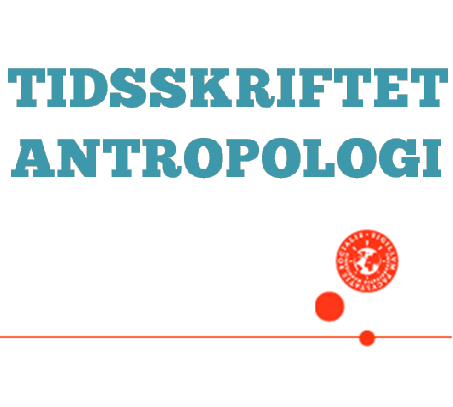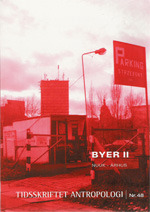NUUK
DOI:
https://doi.org/10.7146/ta.v0i48.110475Resumé
The article is based on 40 interviews from
fieldwork in 2001 and 2002. It deals with
Greenlanders’ views on the development
of Nuuk, the capital of Greenland, and the
relationship between Nuuk and the rest
of Greenland. Contrary to the anti-urban
narratives of the 1960s and 1970s, the
informants – migrants and locals – like
living in a relatively big town such as
Nuuk, because it has much more to offer
than the smaller places. Contrary to conventional
beliefs about Greenlanders, the
informants tend to regard social change
as only natural and be oriented towards
the present and the future rather than the
past. Thus it is not a question of people
merely surviving, but rather a question of
people thriving, in the urban landscape
of Nuuk. According to one of the informants,
the rest of Greenland would likely
be depopulated if the municipality of Nuuk
would be able to solve its housing problems.
Municipal housing problems, however,
are part of the larger issue of regional
development, which is highly political due
to the legacy of the policy of centralization
during the 1960s. This policy is usually
associated with the Danish authorities and
thus seen as antithetical to a proper Greenlandic
policy.
Downloads
Publiceret
Citation/Eksport
Nummer
Sektion
Licens
Ophavsretten til artiklerne i Tidsskriftet Antropologi tilfalder forfatteren.
Artikler publiceret i Tidsskriftet Antropologi må citeres, downloades og videresendes for ikke-kommerciel brug, under forudsætning af normal akademisk reference til forfatter(e) samt tidsskrift, årgang, nummer og sider. Artiklerne må kun genudgives med eksplicit tilladelse fra forfatter(e) og tidsskriftet.


